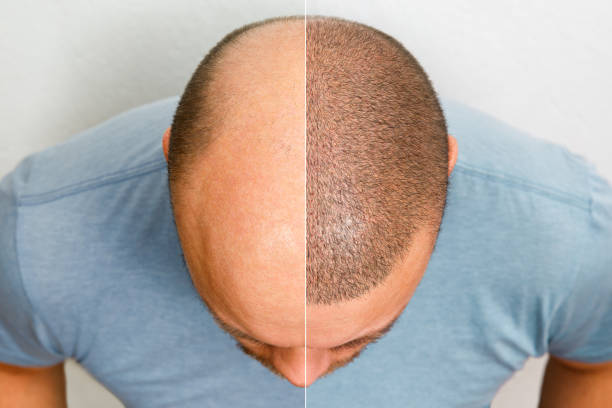Niramoy Speciality Clinic


Introduction:
Hair loss is a common concern that affects millions of individuals worldwide, impacting not just physical appearance but often causing a dent in confidence and self-esteem. Fortunately, advances in medical science have paved the way for effective solutions, with hair transplant procedures emerging as a transformative option for those seeking a permanent and natural-looking remedy. In this article, we will explore the ins and outs of hair transplants, shedding light on the process, benefits, and considerations for those considering this life-changing procedure.
Understanding Hair Transplantation:
1. Causes of Hair Loss:
Before delving into the details of hair transplants, it’s crucial to understand the various factors that contribute to hair loss. Genetic predisposition, hormonal changes, aging, and certain medical conditions are common culprits. Hair transplant procedures offer a viable solution for those facing gradual or severe hair thinning.
2. The Basics of Hair Transplantation:
Hair transplant surgery involves the extraction of healthy hair follicles from a donor area, typically the back or sides of the head, and their transplantation to the recipient area, which is experiencing hair loss. There are two primary methods: Follicular Unit Transplantation (FUT) and Follicular Unit Extraction (FUE). FUT involves the removal of a strip of scalp, while FUE involves individual follicle extraction, both aiming to create a natural-looking hairline and restore density.
Benefits of Hair Transplants:
1. Natural-Looking Results:
One of the most significant advantages of hair transplants is the natural appearance they provide. Skilled surgeons strategically place the transplanted follicles to mimic the natural growth pattern, ensuring a seamless blend with the existing hair.
2. Permanent Solution:
Unlike topical treatments or medications that may offer temporary relief, hair transplants provide a permanent solution to hair loss. Once the transplanted follicles take root, they continue to grow and thrive like natural hair.
3. Boost in Confidence:
Restoring a full head of hair often leads to a significant boost in confidence and self-esteem. Many individuals who undergo hair transplant surgery report feeling more positive about their appearance and social interactions.
Considerations Before Opting for a Hair Transplant:
1. Candidacy:
Not everyone is an ideal candidate for hair transplant surgery. A thorough consultation with a qualified surgeon is essential to assess factors such as overall health, the extent of hair loss, and the availability of suitable donor hair.
2. Cost and Commitment:
Hair transplant procedures can be a significant financial investment. Additionally, individuals must be prepared for the time commitment involved, as the recovery period and gradual growth of transplanted hair may take several months.
3. Choosing a Qualified Surgeon:
Selecting a skilled and experienced surgeon is paramount for a successful hair transplant. Researching credentials, viewing before-and-after photos, and reading patient testimonials can help in making an informed decision.
Conclusion:
Hair transplant surgery has evolved into a transformative solution for those grappling with the emotional and physical challenges of hair loss. With advancements in techniques and technologies, individuals can reclaim their confidence and achieve a natural-looking, permanent solution to hair thinning. If you’re considering a hair transplant, consult with a reputable surgeon to explore the possibilities and embark on a journey to a fuller, more confident you.
WhatsApp us

